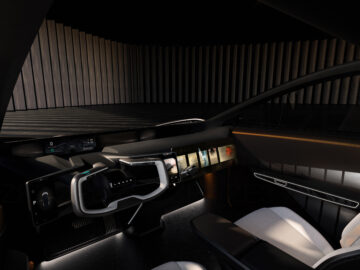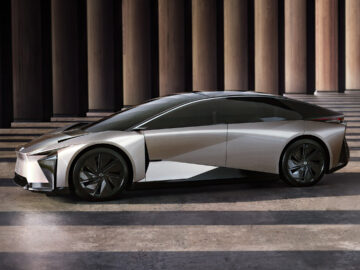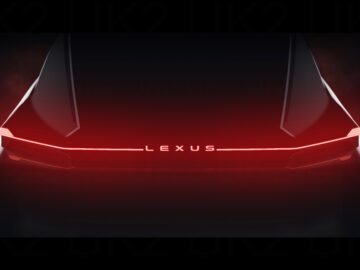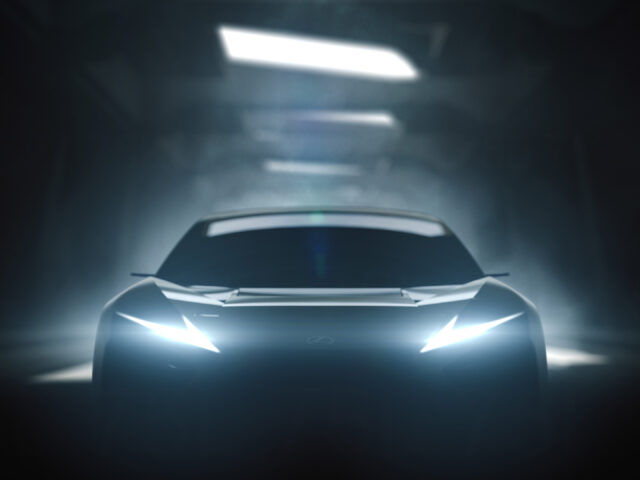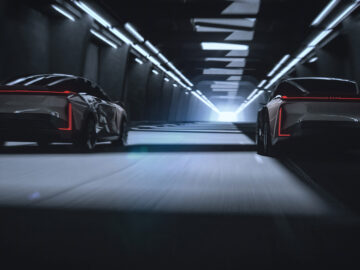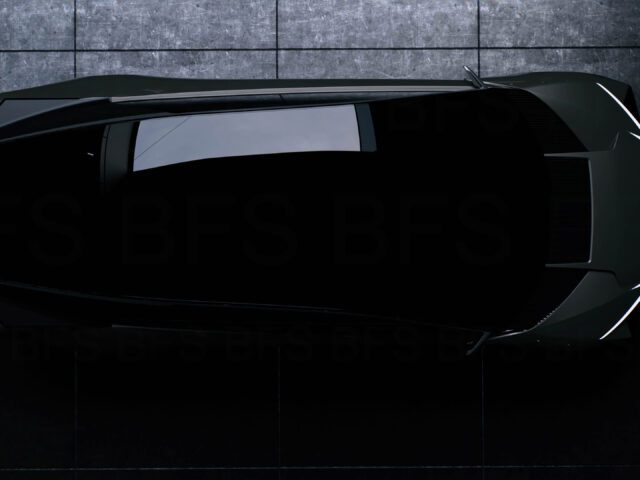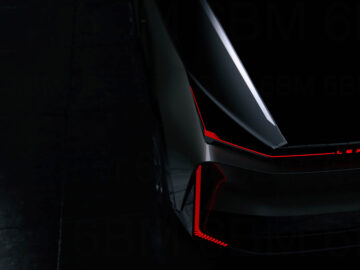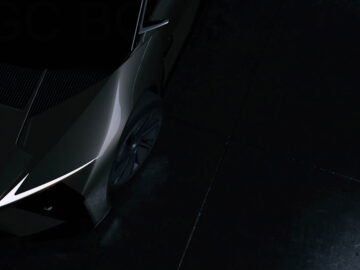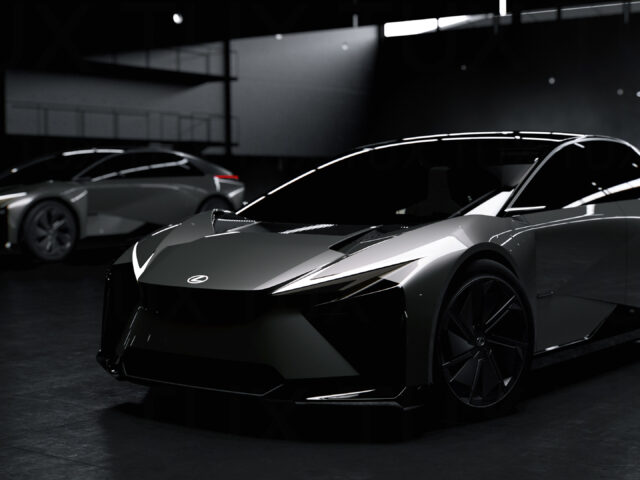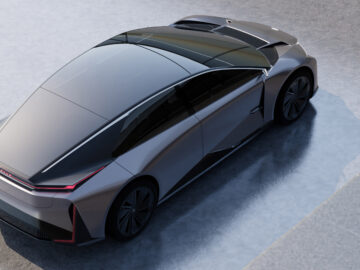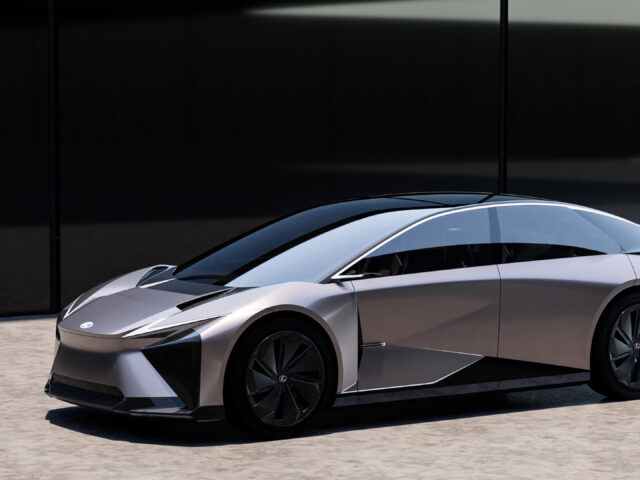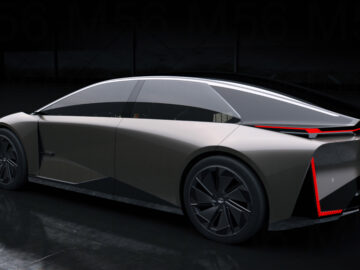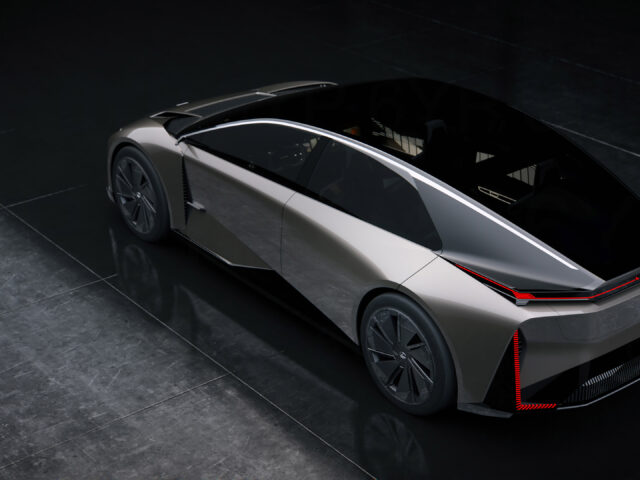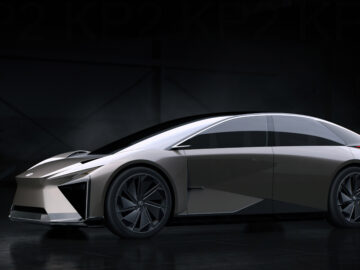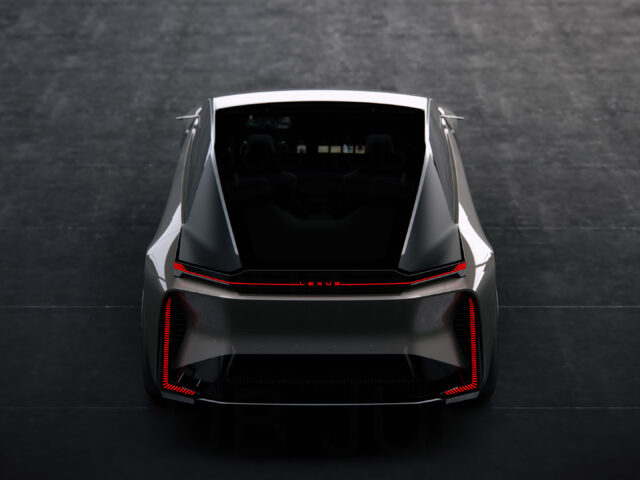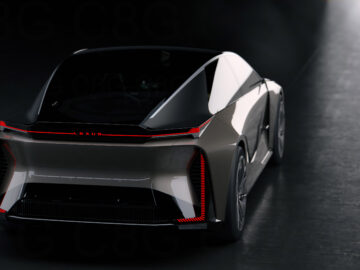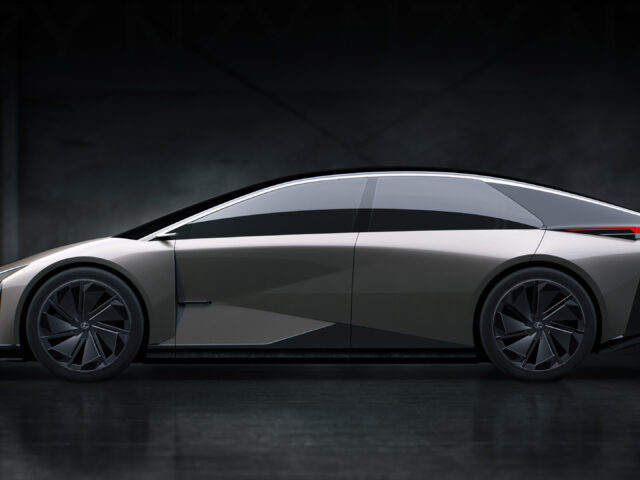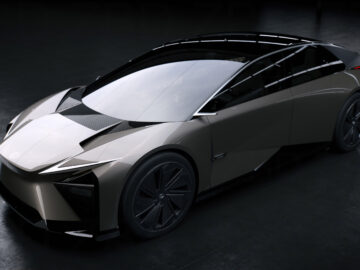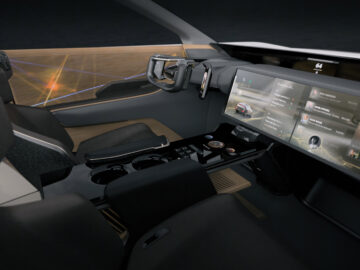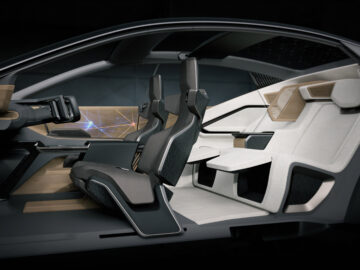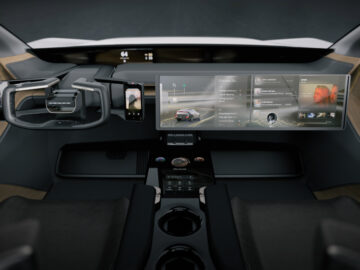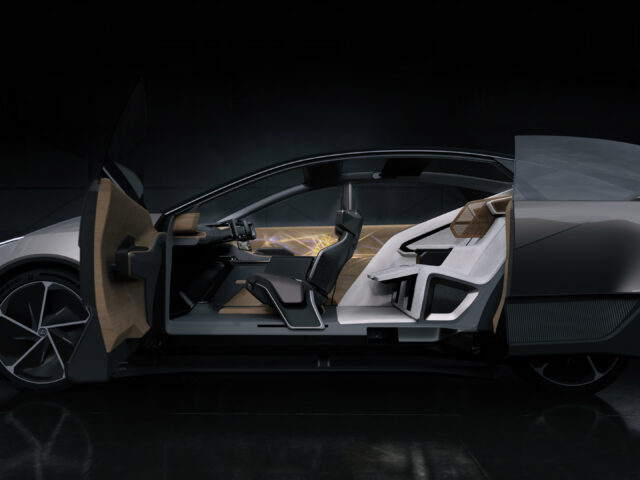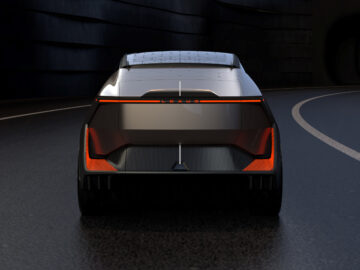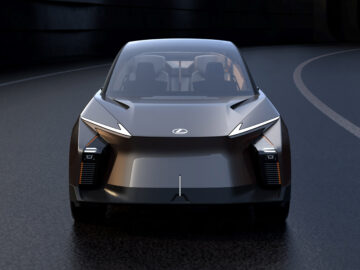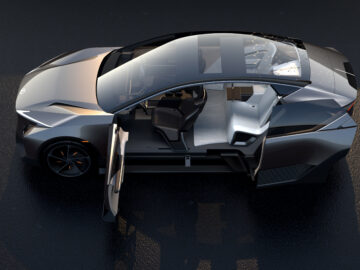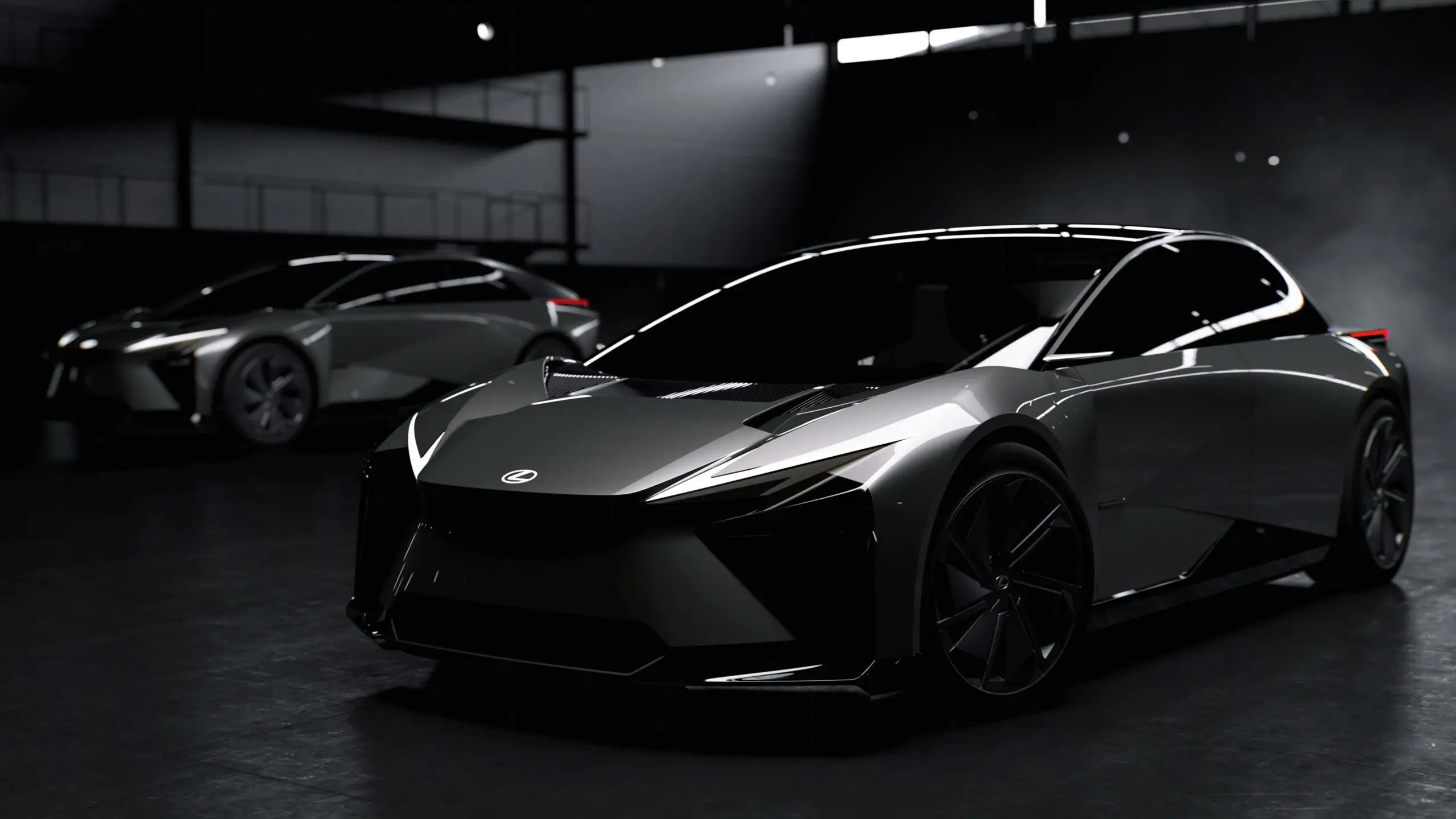Curious about Lexus in 2026? Then take a quick look
Lexus LF-ZC
The Lexus LF-ZC symbolizes Lexus’ electrification journey with its sleek, streamlined body, low center of gravity, spacious interior and emotionally charged design that combines functionality and aesthetics and promises an exhilarating driving experience.
SPECIFICATIONS LF-ZC
- Length: 4,750 mm
- Width: 1,880 mm
- Height: 1,390 mm
- Wheelbase: 2,890 mm
- Air resistance coefficient: less than 0.2 (target)
Lexus LF-ZL
The Lexus LF-ZL offers a glimpse into a future where people and mobility are seamlessly integrated into society. The car precisely adapts the experience of driving to the needs of each driver individually. In doing so, the car relies on directions given by the driver and habits. The car can make personalized suggestions to promote unparalleled interaction. This top model of the future should enable people to live the life they desire while making a positive contribution to both their immediate environment and society as a whole.
SPECIFICATIONS LF-ZL
- Length: 5,300 mm
- Width: 2,200 mm
- Height: 1,700 mm
- Wheelbase: 3,350 mm
Arene OS interface
Both concept cars feature a fully digital and intelligent cockpit that provides intuitive and quick access to essential controls. The new Arene OS interface software allows progressive feature updates to keep pace with the development of safety systems and multimedia features.
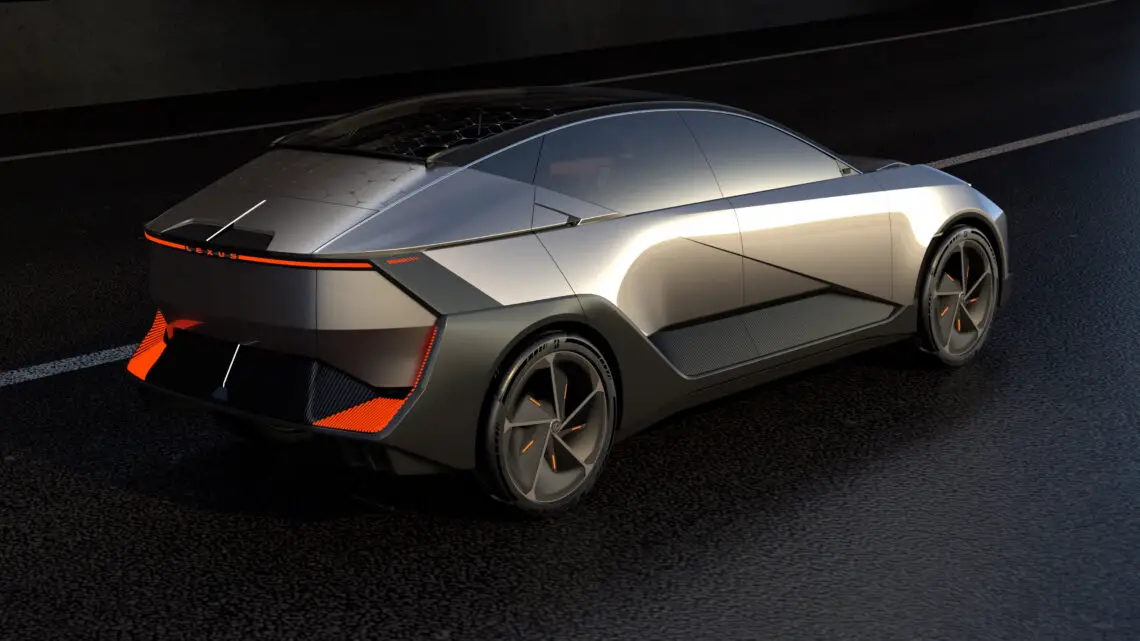
Steer-by-wire
In developing the next generation of BEVs, Lexus aims to enhance the driving pleasure these models offer, making drivers feel completely at one with their Lexus. To that end, Lexus exploits the physical inertia of BEVs and combines it with the smooth-functioning DIRECT4 all-wheel drive (with which the current RZ 450e is already equipped) and the intuitive, linear feel of steer-by-wire.
As the Arene OS continues to evolve, Lexus also strives to provide each driver with a personalized driving experience, focusing on the ideal balance of acceleration, cornering and braking. The goal is to create the ultimate car for each customer through the synergy of hardware and software.
Design theme
The design theme, which Lexus calls “Provocative Simplicity,” represents the evolution of Lexus’ unique identity, emphasizing a provocative look of refined and simple design. The design team prioritized aerodynamics and applied features and structures characteristic of BEVs. In doing so, it aimed for an engaging, compact, solid and low form that appeals to the emotions.
The concept cars have a sleek silhouette, with a low hood and a cab that narrows toward the rear. The remarkably wide rear wheel arches balance aerodynamic performance with a sporty, wide appearance.
The body shapes flow smoothly from the front through the flanks of the car to the rear bumper, symbolizing an all-encompassing evolution of function and design through electrification.
Purely functional elements are shaped as distinctive features as aerodynamic components such as air intakes and exhausts are fully integrated into the design. The result is a look that is both aerodynamically functional and interesting to look at.
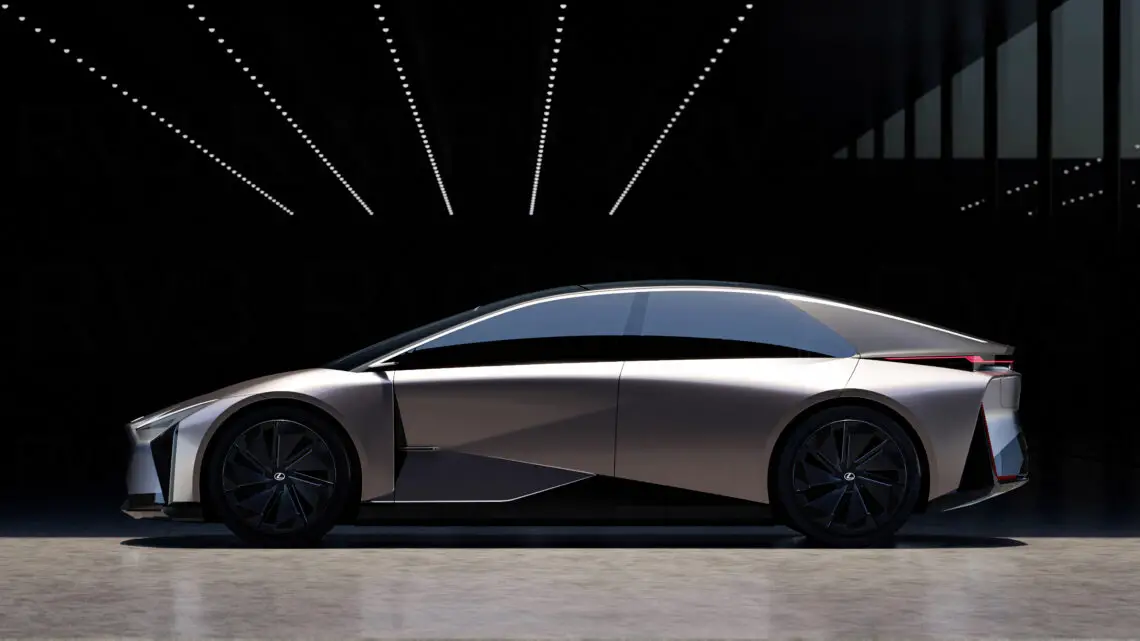
The interior
Because the front occupants sit low and far forward, they have a sense of space in the interior. The completely flat floor and panoramic roof add to the spacious feel of the open interior design, which is not visible from outside.
Control functions usually scattered over a large part of the cockpit are unified in digital pads at the driver’s fingertips. Functions related to driving mode selection, safety and driver assistance systems (ADAS) are located on the left pad. Comfort functions such as audio, climate control, telephone and AI functions are grouped on the right side.
The eyes-on-the-road principle is supported by the projection of information on the windshield, such as a head-up display. The concept cars are also equipped with digital exterior mirrors, so the driver only needs to take his attention off the road minimally to perceive the situation around the car.
An ultra-wide front passenger screen can be used as an open platform for entertainment and various mobility applications.
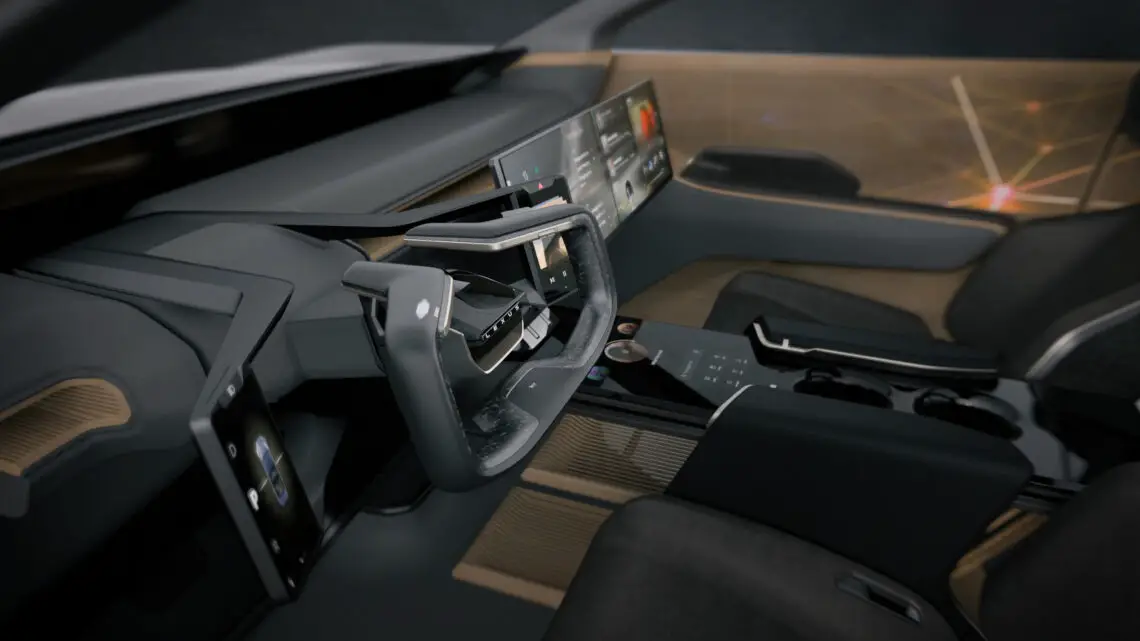
Bamboo CMF CONCEPT
Lexus is also presenting the Bamboo CMF Concept at the Japan Mobility Show. This illustrates Lexus’ efforts to achieve its sustainable development goals (SDG). The emphasis is on circular use of raw materials, but Lexus also wants to offer customers a new experience in terms of sophisticated, luxurious design.
In line with Lexus’ SDG philosophy, bamboo is the signature material in the concept car. It serves as an example of the brand’s commitment to efficient recycling of valuable natural resources. Bamboo combines rapid growth with lasting beauty. This is why bamboo has been the material of choice for Japanese construction and crafts for centuries.
Bamboo has been incorporated into the design of the Bamboo CMF Concept in several ways to achieve a new level of luxury and beauty. Bamboo fibers and woven fabrics, for example, have been used for decorative elements that “play” with ambient light.
Low air resistance
Because an engine compartment is unnecessary, the designers had a free hand for both aerodynamics and aesthetics. The car has a target coefficient of air resistance (Cd) of less than 0.2, thanks in part to its low nose, which also provides unprecedented and unrestricted visibility from the car.
For the next generation of BEVs, Lexus is aiming for a range about twice that of current BEVs. It wants to achieve that with performance (prismatic) batteries and increased efficiency. The goal is to address motorists’ concerns about insufficient range.
Improved aerodynamics and weight reduction increase efficiency, extending battery life. The battery’s flat shape gives car designers great design flexibility. This results in an attractive design and also provides a low center of gravity, which improves driving dynamics. Higher energy density has been achieved by making the battery structure simpler and more compact.
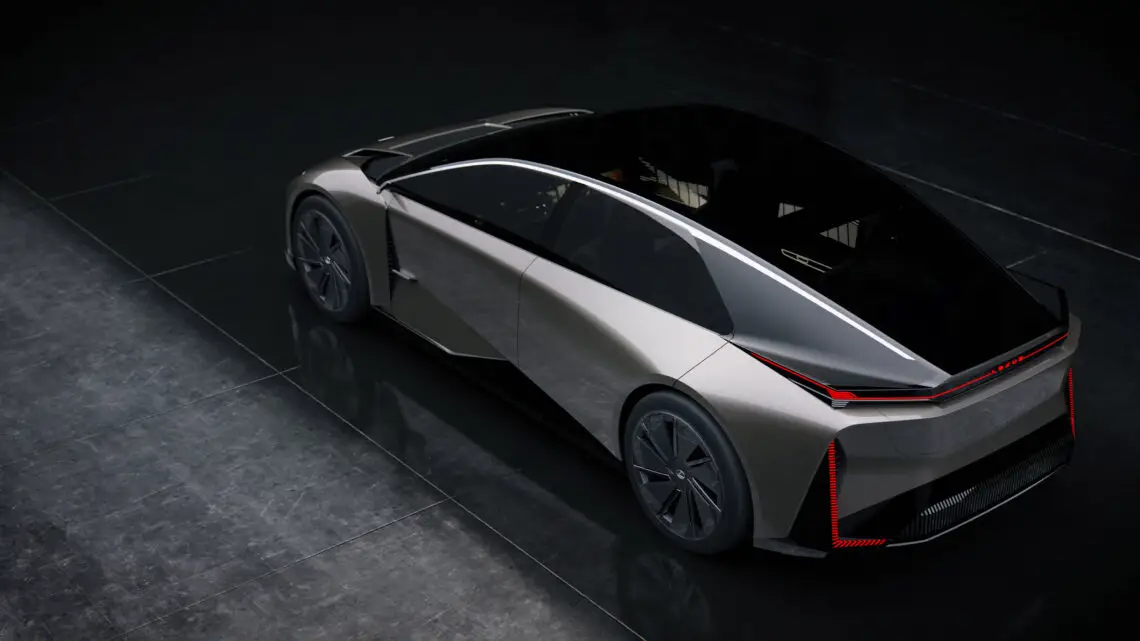
Personalization
The next-generation voice recognition system uses artificial intelligence (AI) to provide service similar to that of an attentive, service-oriented assistant who responds quickly to commands and questions, as well as making helpful suggestions. With self-learning features for customized software, the car automatically applies the optimal settings for each specific driver – every time they drive the car.
The system goes beyond conventional navigation aids. It advises on route and driving mode, in line with the driver’s preferences and based on his daily behavior and mood of the moment.
Because the system stores driving data, it can also provide a personalized driving experience. The AI Butler not only identifies the personal characteristics of the driver(s), it also recognizes specific preferences that the driver in question may not even be aware of.
Application of the new Arene OS will have an unprecedented impact on driving dynamics. In a car, it can mimic driving characteristics, sounds and vibrations of very different cars – thereby allowing the driver to tailor the driving experience to his personal preference.
The combination of steer-by-wire and over-the-air (OTA) software updates makes it possible to transfer settings from virtual space to the real world. Customers can participate in e-sports via the steer-by-wire technology in their own car and then take over their preferred settings via OTA to experience them in practice as well.
Modular structure
Lexus’ next-generation BEVs will have a new modular structure, which will make the body composed of three parts: front, center and rear. This is possible thanks to “gigacasting,” a process that offers much greater freedom of form. Furthermore, the integration of components increases body stiffness. That adds to the dynamics of the car.
By placing the battery in the middle section, the weight and size of the battery have no structural effect on the front and rear sections. It also allows easy integration of developments in battery technology. This helps accelerate future developments.
The manufacturing process uses a self-propelled assembly line that allows the cars to move independently through each stage of production. The car can drive itself once it is equipped with battery, motor, wheels and wireless terminal components. Eliminating conveyors from the production line allows more flexible plant layout, reduces lead time for mass production and saves investment costs.

